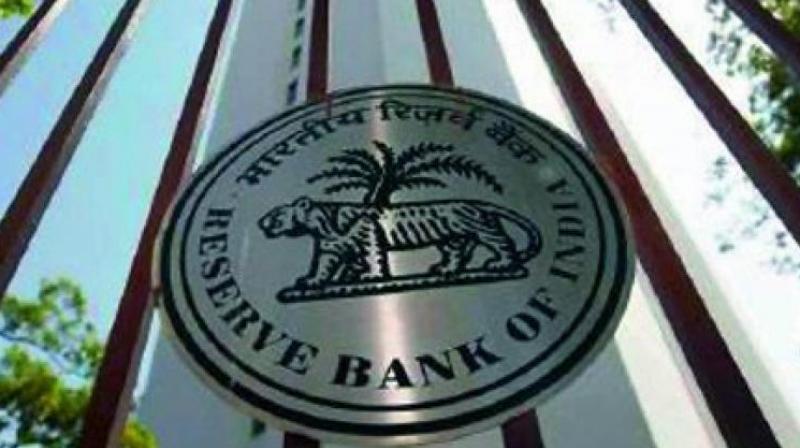Currency crisis: The rupee dilemma

Famous English economist John Maynard Keynes is known have to have retorted to a critic who pointed out that his predictions and policies changed all too often –“I change my mind when the facts do. What do you do, sir?”
While I (and many others) are not sure if Keynes actually said this. However, almost everyone in the market would tend to agree that a lot of assumptions and facts have changed when it comes to predicting the trajectory for the rupee.
Turkey for one has turned into a bigger crisis than anticipated earlier.
There is around $179 billion in Turkish external debt (government plus private) that matures in the next ten months, equivalent to almost a quarter of country’s annual economic output. With around 73 per cent fall in the Turkish lira, so far this year, investors are now in a mode of panic, anticipating a possible default going forward.
There is of course a spillover on other countries in the emerging world, especially with rising external sector vulnerabilities.
Secondly, oil is on the boil again. Iran sanctions and tropical storms in Gulf of Mexico are the major problems right now, essentially leading to higher import bill for India. On the exports front, the trade war risks have escalated and there are worries that external demand (exports) could slowdown going forward.
The current account deficit for India, going by the current run rate, is likely to be higher than initially anticipated ($80 bn estimated for FY19 vs. $49 bn in FY18).
Lastly, on the domestic front, the intensity of Reserve bank of India’s intervention has dissipated. While there is complete lack of communication from the Reserve bank of India, comments from officials from the government and quasi-government agencies appear to give the impression that they support this fall in the rupee’s value in the interests of competitiveness.
In situations like this, it is futile to predict the near term exchange rate.
What is important though is that I see the depreciation bias and momentum continuing in the near term.
This momentum could dissipate if not reverse suddenly and the way to ‘play’ the rupee market in the near term is through continuous monitoring of this momentum bias.
Things could change substantially if the government and the RBI change their mind and see the fall in the currency as a ‘crisis’ that needs to be tackled.
There are a number of options open to the central bank to reduce the momentum of the rupee and reverse its trading bias. An out-of-policy rate hike (before the October meeting) or a scheme to bring in a fresh tranche of NRI deposits figure on this list.
The way I see things evolving, in a worst case scenario, if the tensions related to trade war (primarily United States-China), Turkey’s contagion, and domestic political risks escalate, there could be a sudden stop of capital inflows and a run on the currencies of vulnerable emerging markets like India, Brazil, South Africa, Argentina and South Africa. In such a situation, even 73 levels could be breached.
This is assuming that there is no heavy-weight counter action by the Indian policymakers.
There could be an “all’s well that ends well” type scenario as well, if Turkey were to quickly raise interest rates, commit to fiscal discipline and restore relationship with the United States Concrete policy action from Turkey could bring some relief to all emerging market currencies.
For the rupee to settle around 70 via-a-vis per dollar (or to stop depreciating further), it is also important that some progress is made in terms of trade negotiations between the United States and China.
Even in this case, a helping-hand and some level of intervention would be needed from the Reserve bank of India.
If all these things materialise, the rupee could settle around 70 against dollar levels.
The author is the chief economist at HDFC Bank

